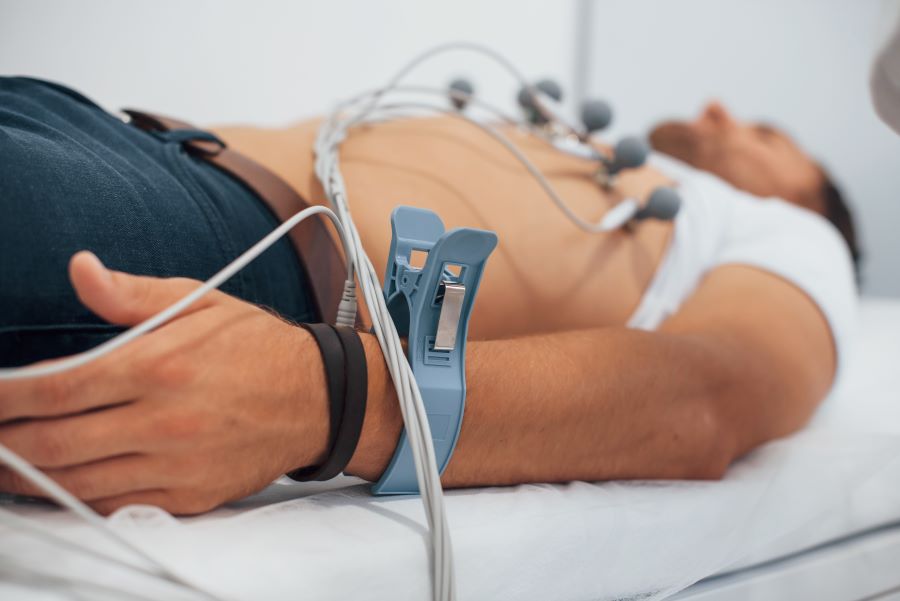Neurologic complications of Babesia
Babesia is a parasitic infection that can be transmitted through the bite of an infected tick or a contaminated blood transfusion. The infection can increase the severity and duration of Lyme disease. In a new study, Locke and colleagues describe the various neurologic manifestations of Babesia.
Case study: Lyme disease in patient with Long COVID
Long COVID and Lyme disease share similar characteristics. A recently published article “Corona With Lyme: A Long COVID Case Study,” highlighted the similarities of Long COVID and Lyme disease in a 26-year-old medical student. [1]
Investigators question the term “Australian Lyme”
In their paper, “Characterising DSCATT: A case series of Australian patients with debilitating symptom complexes attributed to ticks,” Schnall and colleagues question the use of the term “Australian Lyme.” [1] And prefer instead to refer to this condition as Debilitating Symptom Complexes Attributed to Ticks (DSCATT).
What parts of the body do ticks prefer to bite?
Do all tick species have the same attachment/biting preference? Does an infected tick attach to or bite different areas vs. non-infected? Does a tick’s life stage impact where it attaches? Investigators examined the biting behavior of several tick species collected from New York State in hopes of answering these questions.
Does Lyme disease affect the brain?
Rheumatologists often see patients complaining of joint pain, some of whom may live in Lyme-endemic regions. However, as the authors of a new study point out, “Today, Lyme disease with true arthritis occurs far less than cases with arthralgias and neurologic features.”
Abnormal MRI leads to Lyme encephalitis diagnosis
Encephalitis is a rare manifestation of Lyme disease with brain parenchymal inflammation being documented in only a handful of cases. In this study, the authors present the case of Lyme neuroborreliosis with encephalitis with “significant parenchymal inflammation on MRI imaging in an immunosuppressed patient.” [1]
Borrelia miyamotoi infection: An emerging tick-borne disease in California
Borrelia miyamotoi has been detected in various species of Ixodes ticks including I. ricinus in Europe, I. scapularis in eastern North America, and I. pacificus in western North America.
In California, the I. pacificus tick can harbor 2 types of spirochetes (Borrelia miyamotoi and Borrelia burgdorferi) capable of causing Borrelia miyamotoi infection and Lyme disease.
Is SOT an effective treatment for Lyme disease?
Supportive Oligonucleotide Therapy (SOT), also called Antisense Oligonucleotide Therapy (ASOT), is currently being used to treat viral infections, some cancers and Lyme disease.
Tick control methods not effective in residential neighborhoods
Controlling tick populations can help reduce the likelihood of individuals being bitten by an infected tick and developing a tick-borne illness, such as Lyme disease.
Multiple types of tick control methods have been employed but with varying degrees of success. This study explores the effectiveness of bait boxes and the biopesticide spray Met52 in reducing tick abundance and tick encounters with humans.
Lyme carditis patients may require temporary permanent pacemaker
Lyme carditis can cause atrioventricular (AV) block, which may present with varying degrees of severity. Some of these patients may require a pacemaker but doctors are typically reluctant to prescribe a permanent pacemaker, since symptoms will often resolve with antibiotic treatment.












